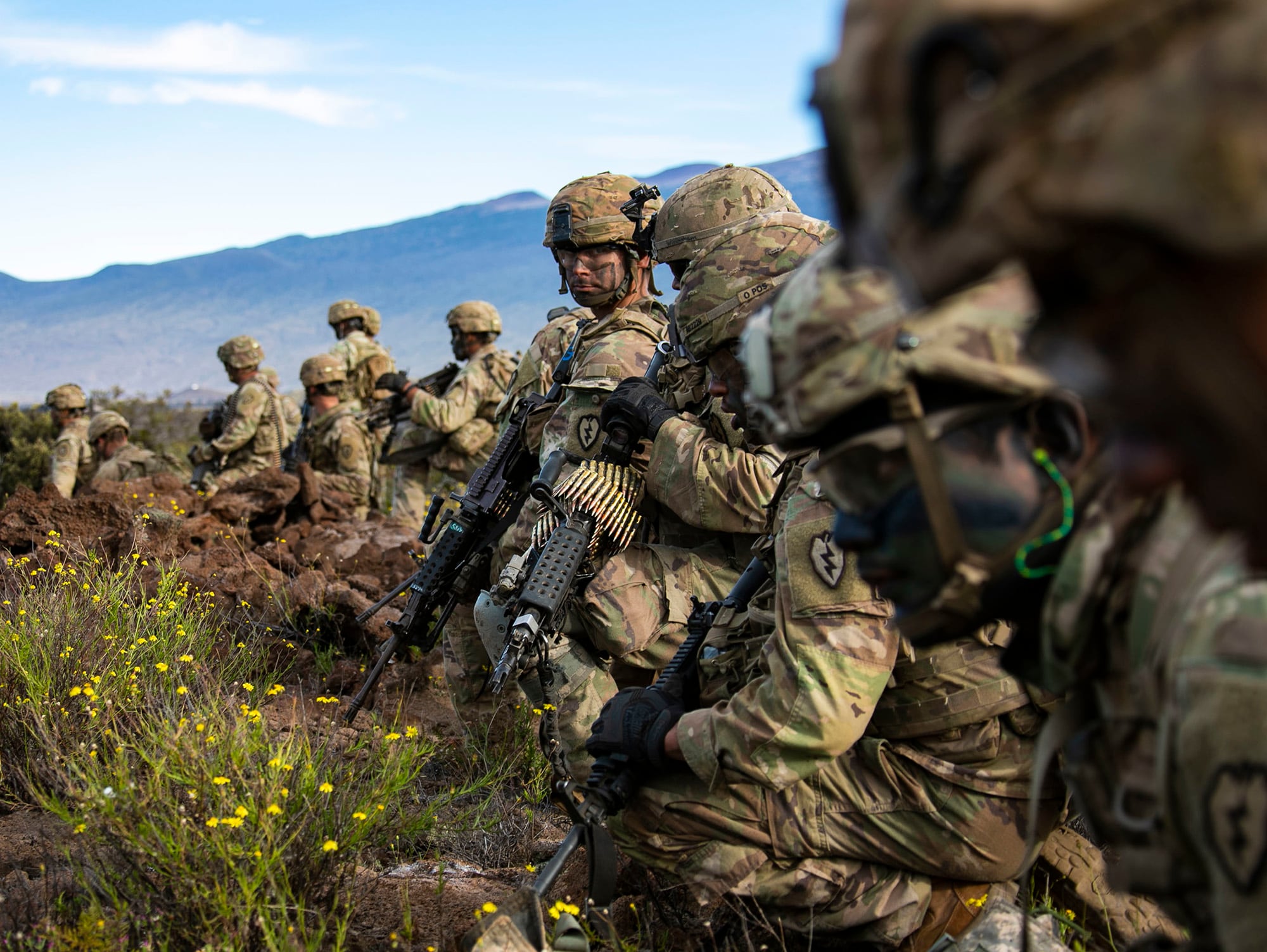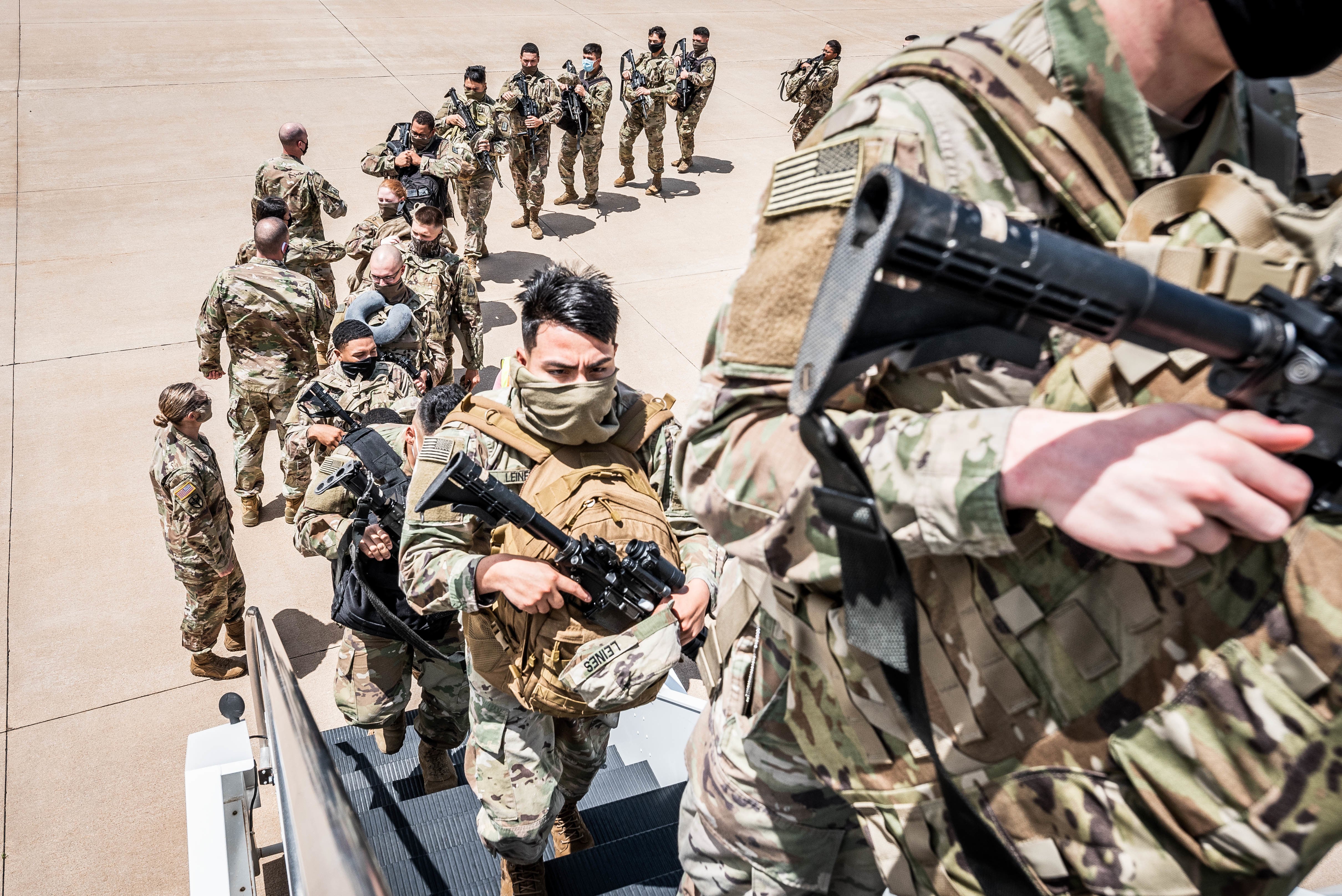Army units will enter a new operational model that aligns them with different parts of the world and prepares them to receive new equipment Oct. 1, the start of fiscal 2022, the service said last week.
The Regionally Aligned Readiness and Modernization Model was tested at the end of February during a three-star general officer rehearsal, said Army spokesman Jason Waggoner. The officers conducted a table-top exercise for a rehearsal of concept drill at the Center for Army Analysis on Fort Belvoir, Virginia.
The drill ran through vignettes that involved moving units, like brigade combat teams and Patriot missile battalions, across theaters, according to an Army news release. The exercise also addressed potential disruptions to deployments that could crop up, such as regional crises and delays in equipping troops.
The new model will apply to all three components of the Army. Active-duty forces will cycle through eight-month phases of modernization, training and being on mission, the release stated. Guard and Reserve units will have extended phases, though the time lengths were not provided. Waggoner also declined to provide further information about the model.
What has been said publicly is that the new model is intended to give units expertise in the parts of the world to which they would actually deploy during a conflict. It will also allow them to build up the right equipment at prepositioned stocks for those clashes.
RELATED

Predictability is supposed to be one of the biggest benefits of the new model, especially as the Army’s modernization projects start arriving to tactical formations in the coming years.
Formations will have time carved out to be outfitted with new equipment, hone doctrine and reorganize if necessary, according to Lt. Gen. Charles A. Flynn, the deputy chief of staff for Army operations, plans and training.
“Modernization is a demand on the Army that we have to account for,” Flynn told Army Times in October. “So we are trying to create a model that provides units predictable windows to modernize. And that will be especially important with capabilities that begin to enter into the force.”
RELATED

Roughly 60 percent of combatant command needs across the world are filled by soldiers. The Army routinely deploys to Southeast Asia, Eastern Europe, East Africa and the Middle East.
Spikes in tensions with countries like Iran often spark unexpected deployments, too. Even if those just involve sending missile batteries to Kuwait, the current environment is unpredictable and unstable for soldiers.
Units are placed on rotational missions based on their availability, and those missions can vary in location, length, manning, readiness requirements and equipment.
A more predictable model could carve out time for units to modernize, but it might also help with the high operations tempo currently placed on them and their families.
Kyle Rempfer was an editor and reporter who has covered combat operations, criminal cases, foreign military assistance and training accidents. Before entering journalism, Kyle served in U.S. Air Force Special Tactics and deployed in 2014 to Paktika Province, Afghanistan, and Baghdad, Iraq.




